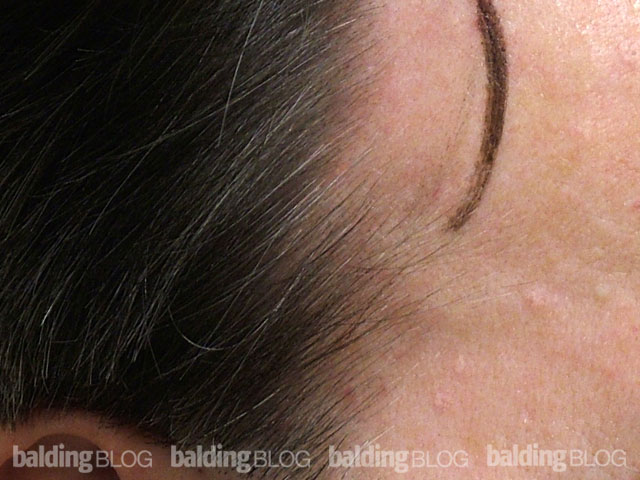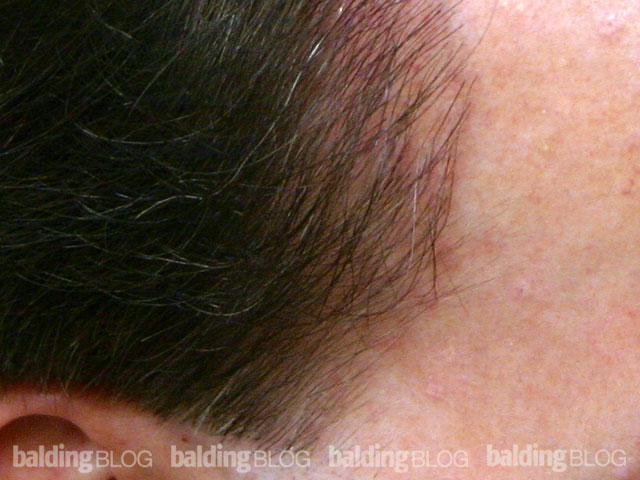When the strip harvest method is used, a linear scar is produced, but what if the doctor uses a trichophytic closure, would the scar be “virtually undetectable”? Would I be able to buzz-cut my hair without the scar being noticeable?
And also, does the number of hairs that grow through the scar vary by the person? And for my last question, if I felt the back of my head for the scar, would I feel it even if I couldn’t see it? (Would there be a bump where the incision was made)?

Good judgments in determining the size of the donor area is the best determinant of the size of a donor scar. When the incision is too tight due to the piece of excised scalp being too large, then the enemy is tension. The use of special closure techniques minimize the scars and the tension, but a bad judgment at the time of surgery can not be offset with a repair process.
The readers interested in the subject of scars, may conclude that special techniques can make the scar disappear. Many surgeons would like you to think that their wonderful skills guarantee that the scars on their patients are either non-existent or non-detectable. I believe that the only surgeons who have never seen scars from strip harvesting are those surgeons who have never done the surgery. If any surgeons give you this line, then that surgeon is not honest, for scars (much of the time) have little to do with the surgeon and much to do with the patient’s healing capabilities, when proper techniques are used.
The use of trichophytic incisions do not offset bad judgments or poor surgery, but when used, they can close the gap in a 2-3 mm scar that usually accompanies a donor wound. The scar will still be present even if it is covered by hair, and yes, you may be able to feel it.



